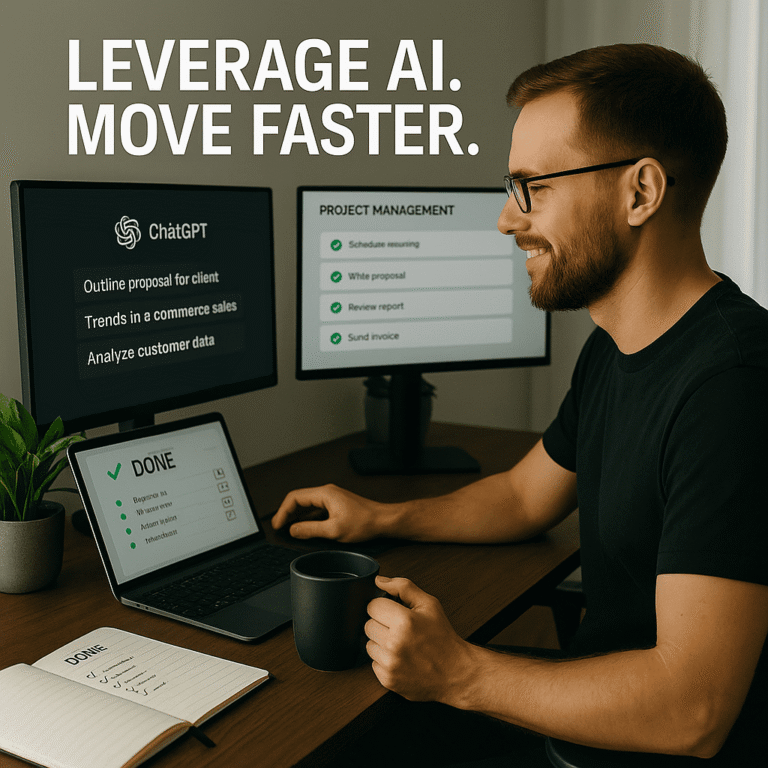Let’s cut the pretense: AI isn’t “going to disrupt junior jobs someday.” It already is. Entry-level roles are being gutted in silence, not because of a technological future, but because of a present-day reality where large language models and automation tools outperform junior hires at 80% of the tasks they were brought in to do.
What used to be “great learning opportunities” are now just automatable chores. Writing first drafts, summarizing reports, creating pitch decks, pulling data from ten sources and slapping it into a slide – all of it’s being done faster, cheaper, and with fewer complaints by AI.
And the companies? They’ve noticed. HR isn’t screaming about it on LinkedIn because it doesn’t make for heartwarming posts, but behind the scenes, the bottom tier is being phased out.
You want a junior role in 2025? You’d better bring senior-level clarity with you.
Most junior jobs weren’t about insight. They were about doing repetitive garbage no one else had time for. AI eats that for breakfast. It doesn’t get bored. It doesn’t need context. It just does the task, over and over, at scale.
“We’ll have the intern do it.”
→ Replaced by: “Just run it through ChatGPT.”
You don’t get a job anymore just because you’re willing. You need to be better than the machine. Otherwise, you’re not a hire. You’re overhead.
This Isn’t a Phase. It’s a Filter.
Junior roles aren’t evolving. They’re evaporating. What’s replacing them isn’t a new tier. It’s nothing. The expectation is that you’ll train yourself using AI, automation tools, and what’s left of the internet. No one’s holding your hand. There is no ladder anymore. Just a drop, and a ledge. Climb or fall.
What Survives?
- Execution With Judgment.
If you can take a tool’s output, validate it, refine it, and make a call, you’re useful. If you’re asking ChatGPT for answers without questioning them, you’re already irrelevant. - Systems Thinkers.
People who build workflows around AI, not just run prompts. If you’re the person duct-taping APIs together into a working machine, you’re still needed. If you’re just the one pressing the button, you’re not. - Signal Over Noise.
If you understand what actually matters – to clients, to outcomes, to operations – and can trim the fat, you’re not replaceable. Everyone else is just noise with a keyboard.
What’s Gone?
- “Eager to learn” without ability? Gone.
- “Willing to do anything”? AI already is.
- “Looking to grow into the role”? The role’s already dead.
You are expected to show up functional. Not perfect, but effective. You should already know how to write, summarize, automate, ask smart questions, and use tools that didn’t exist two years ago. If you don’t, someone cheaper, faster, and non-human does.
AI didn’t kill opportunity. It raised the price of entry. You’re not being excluded. You’re being tested. Silently. Constantly. And the test is brutal. Either you provide leverage, or you are replaced by it.
Get on board, or get out of the way.

